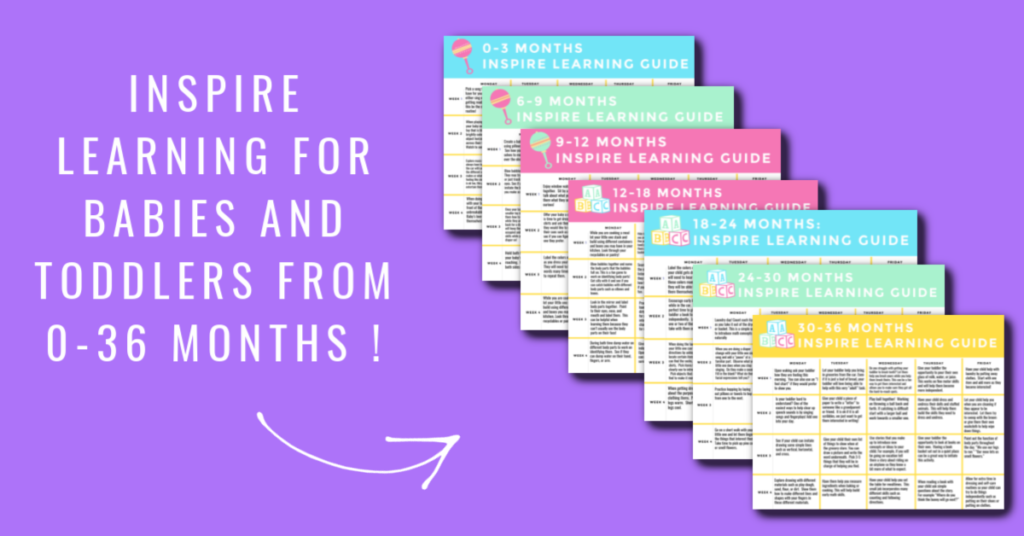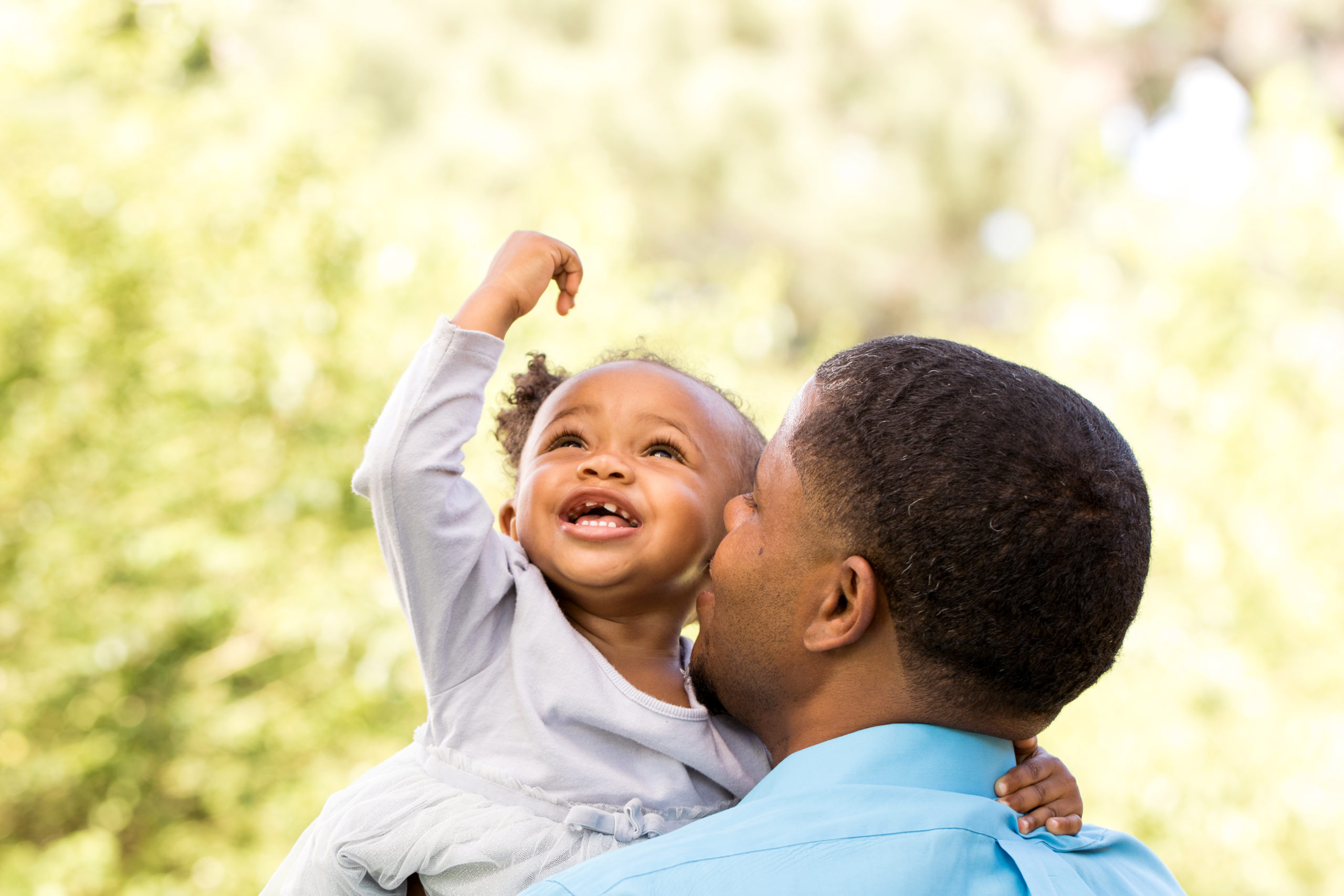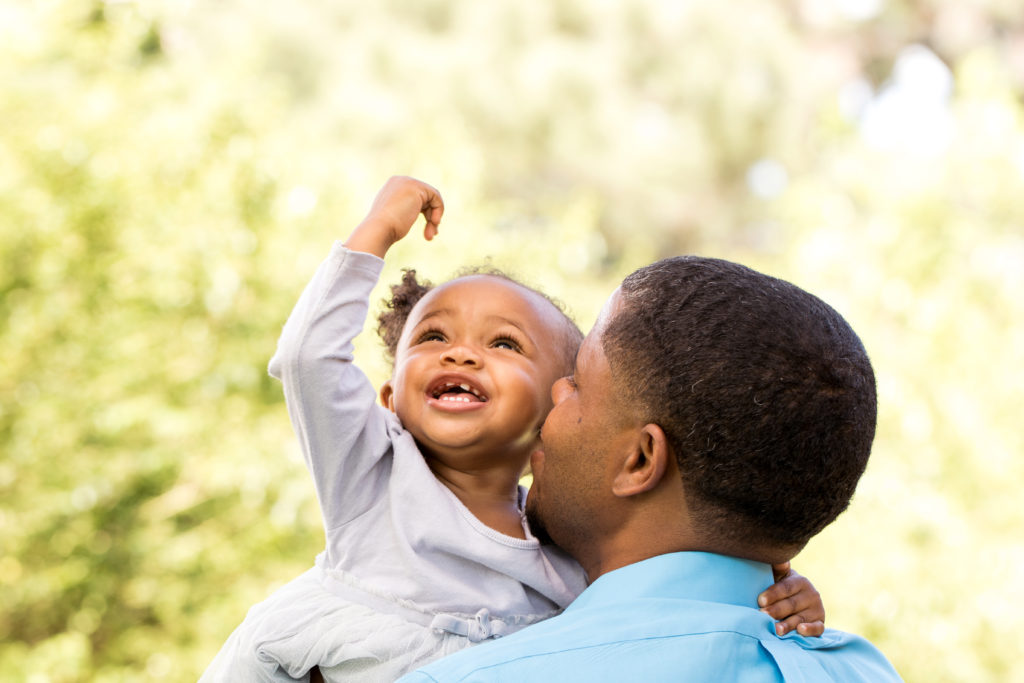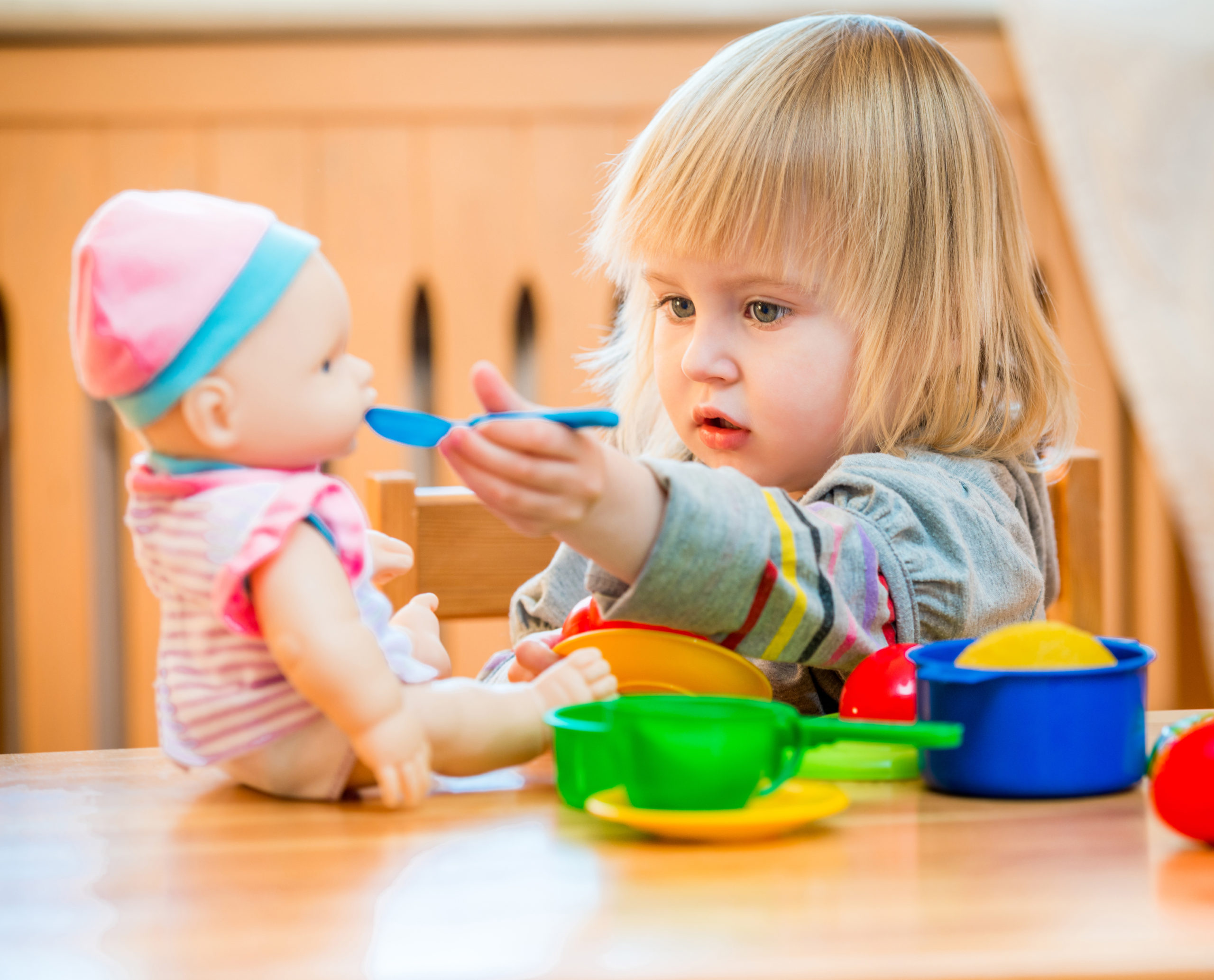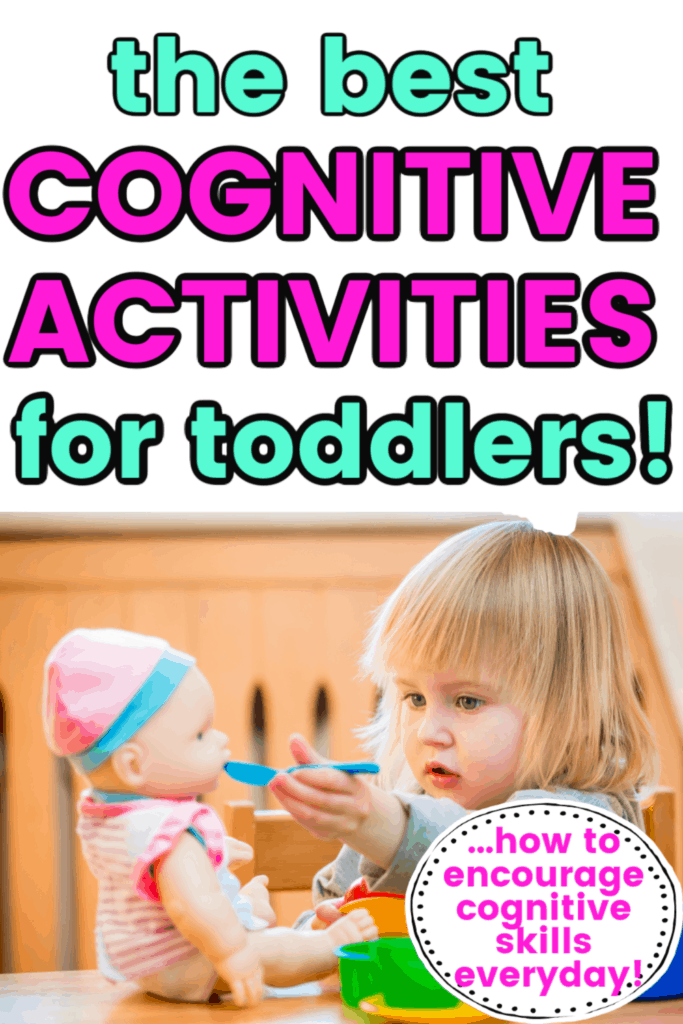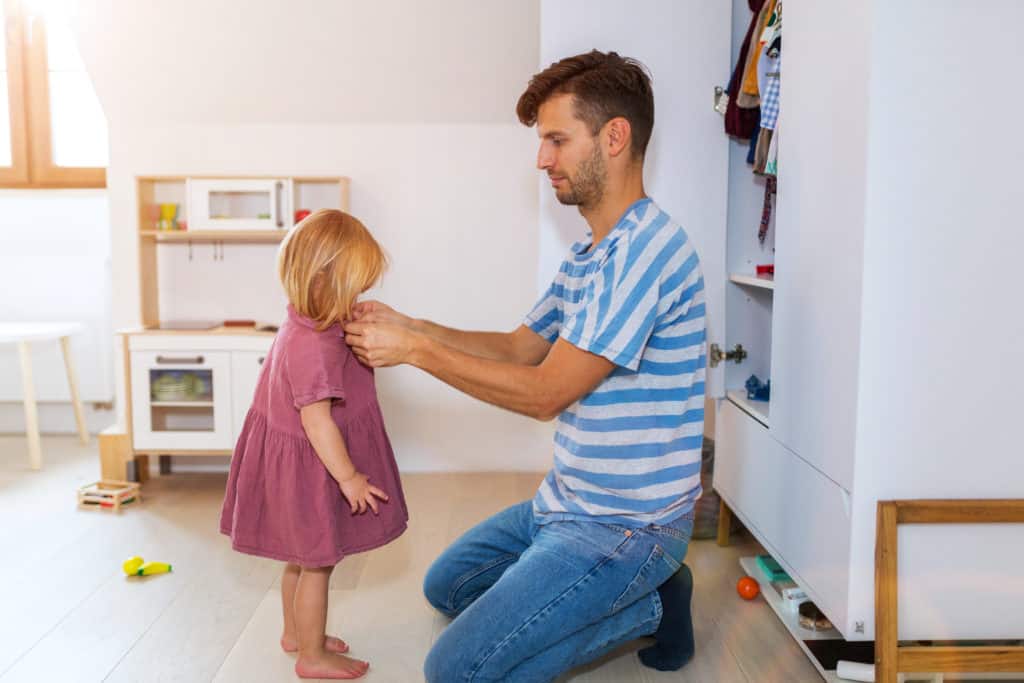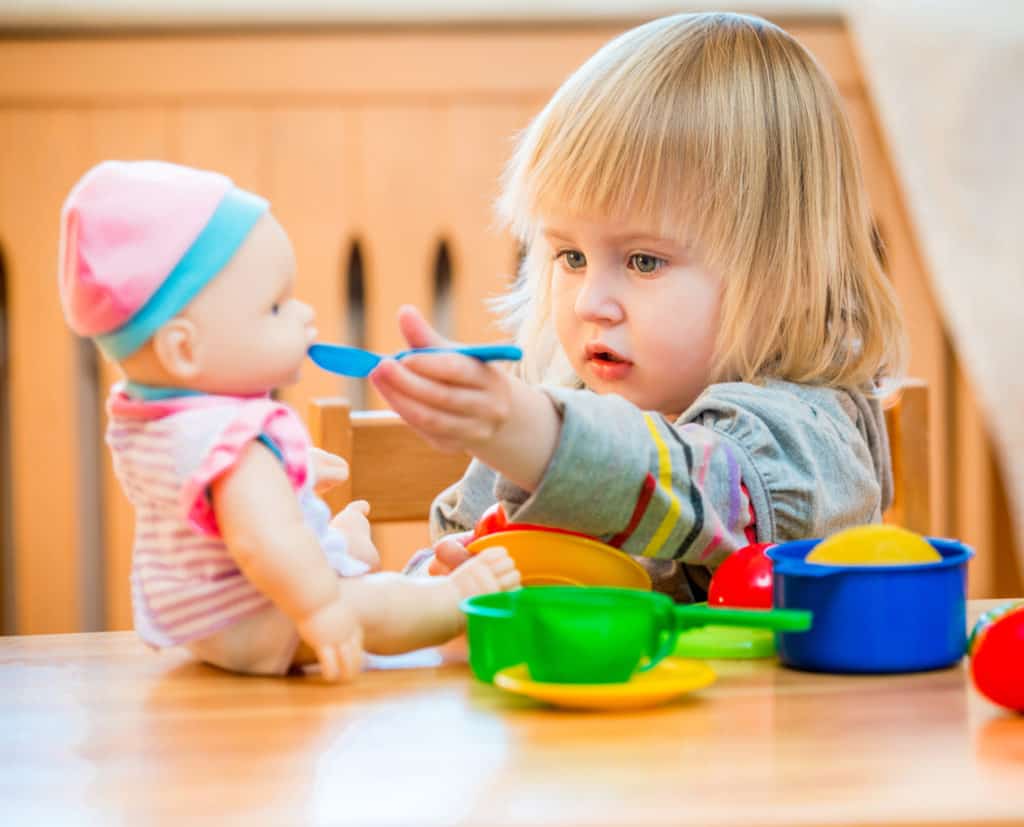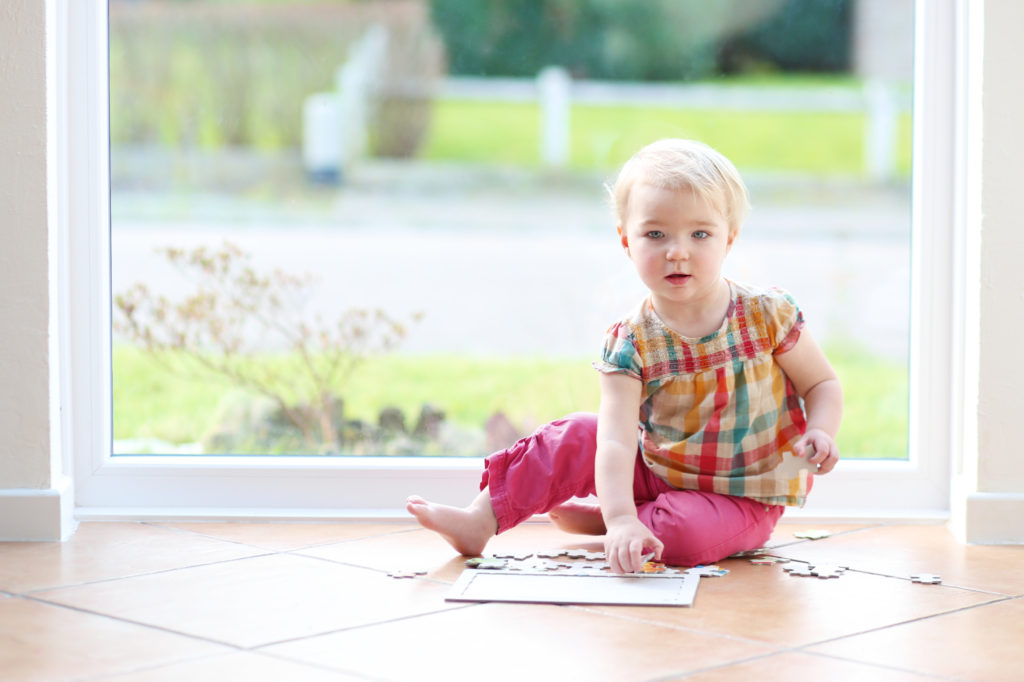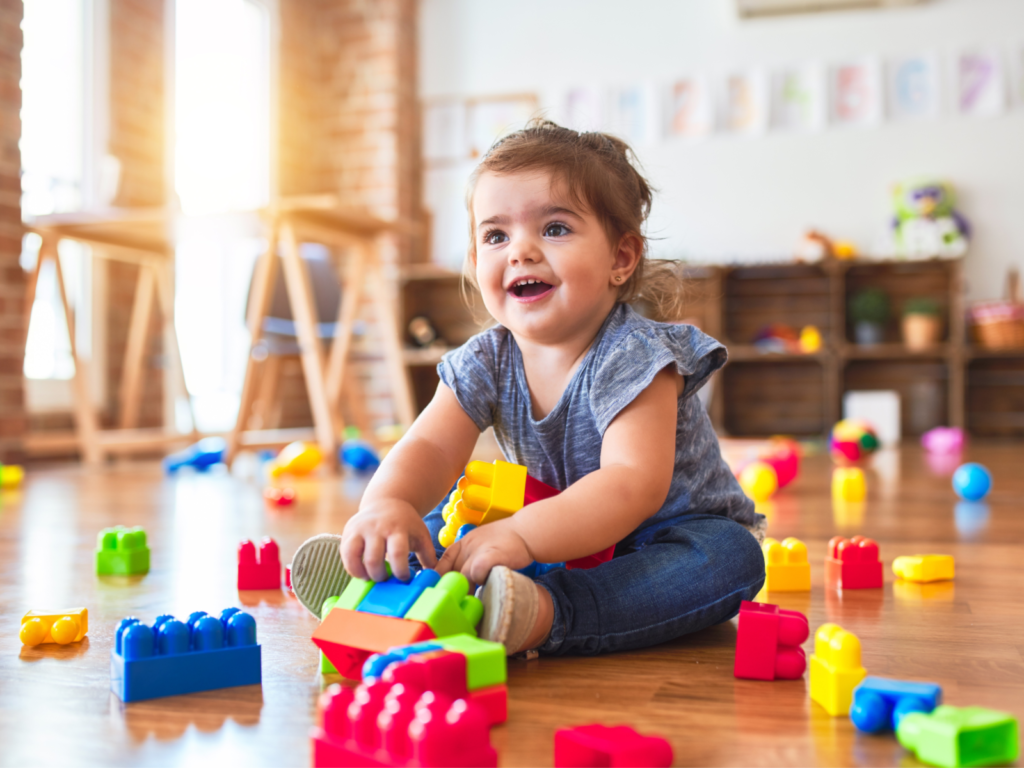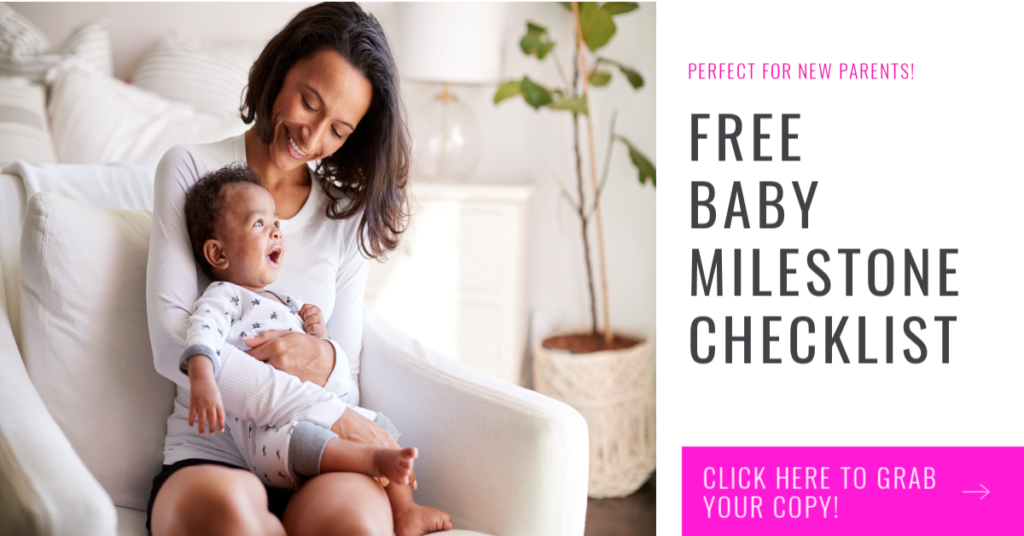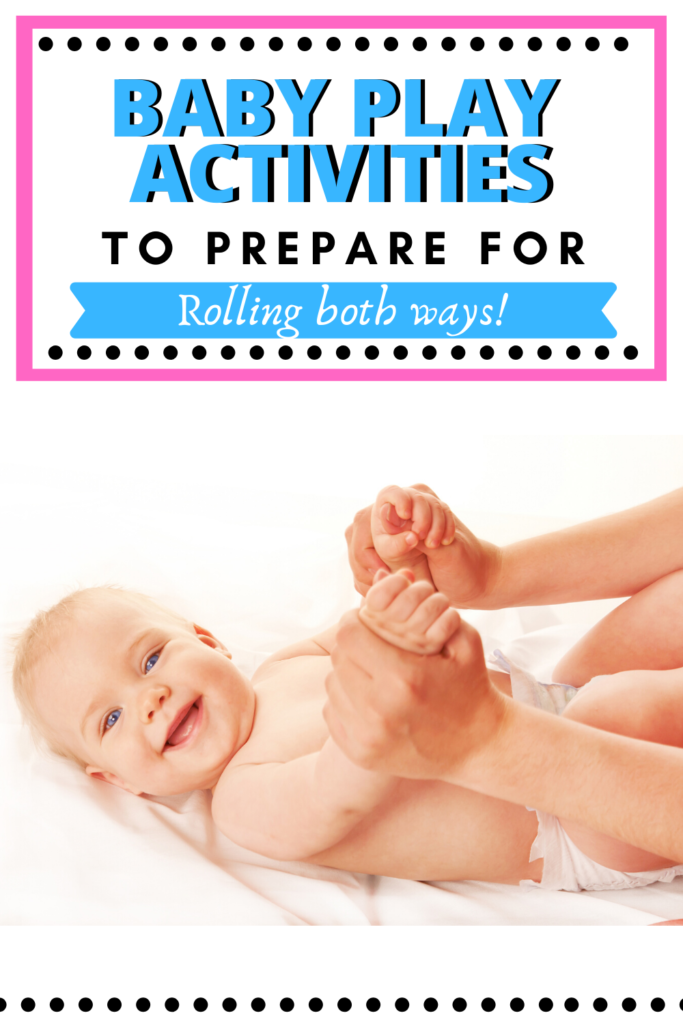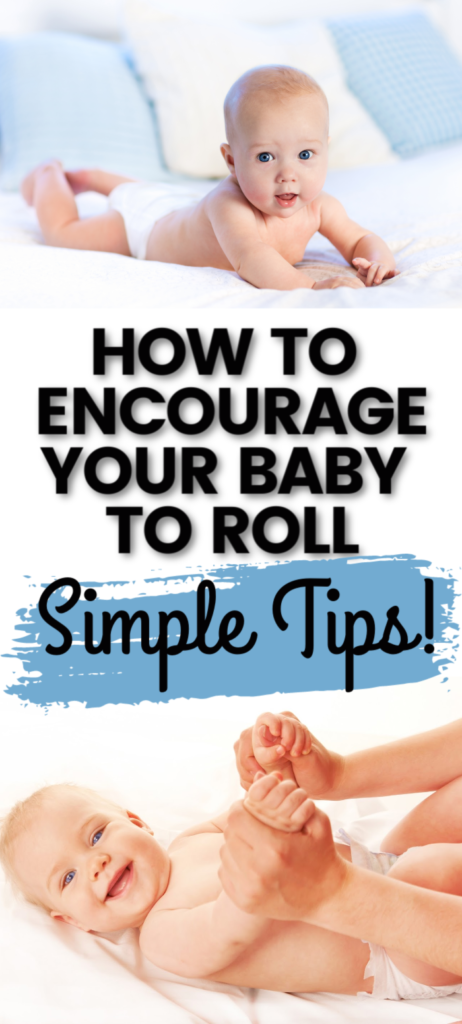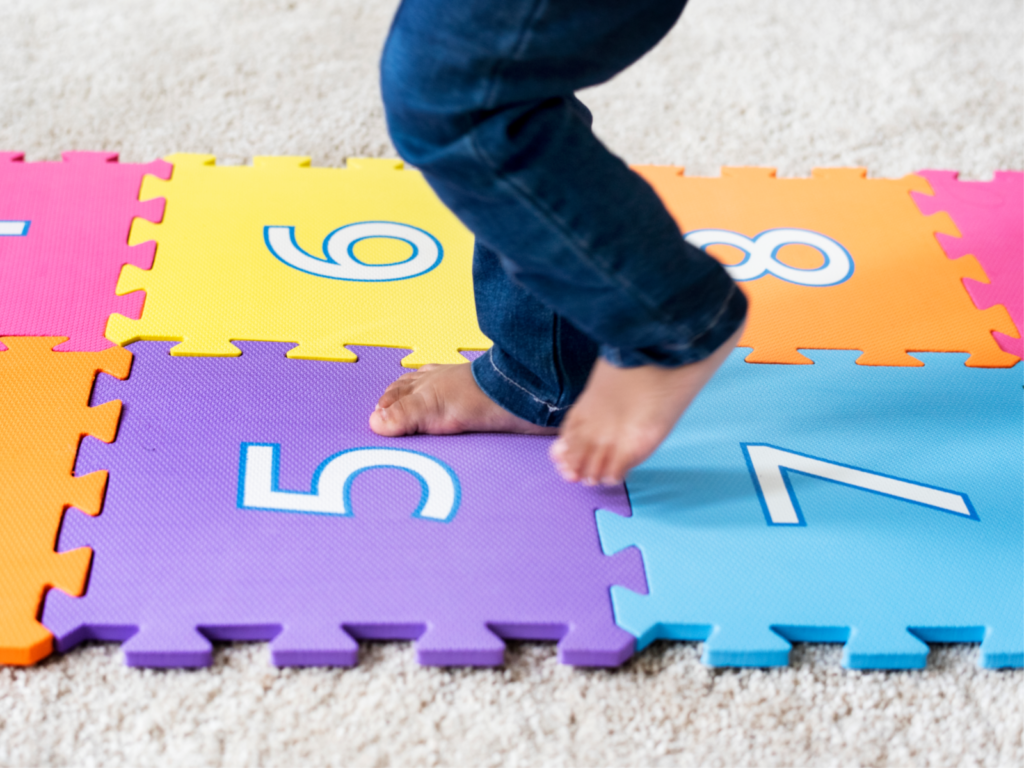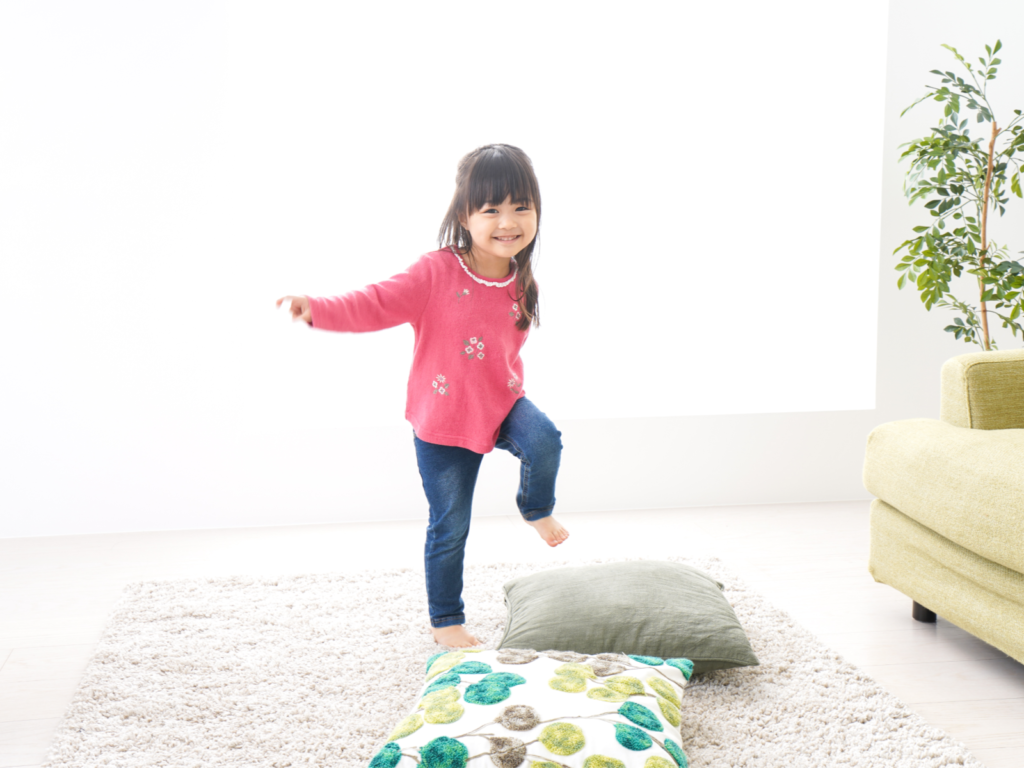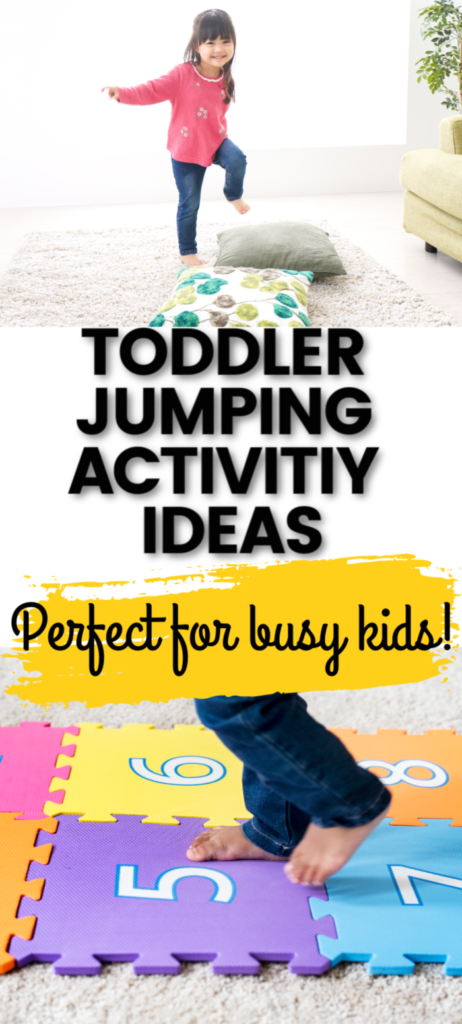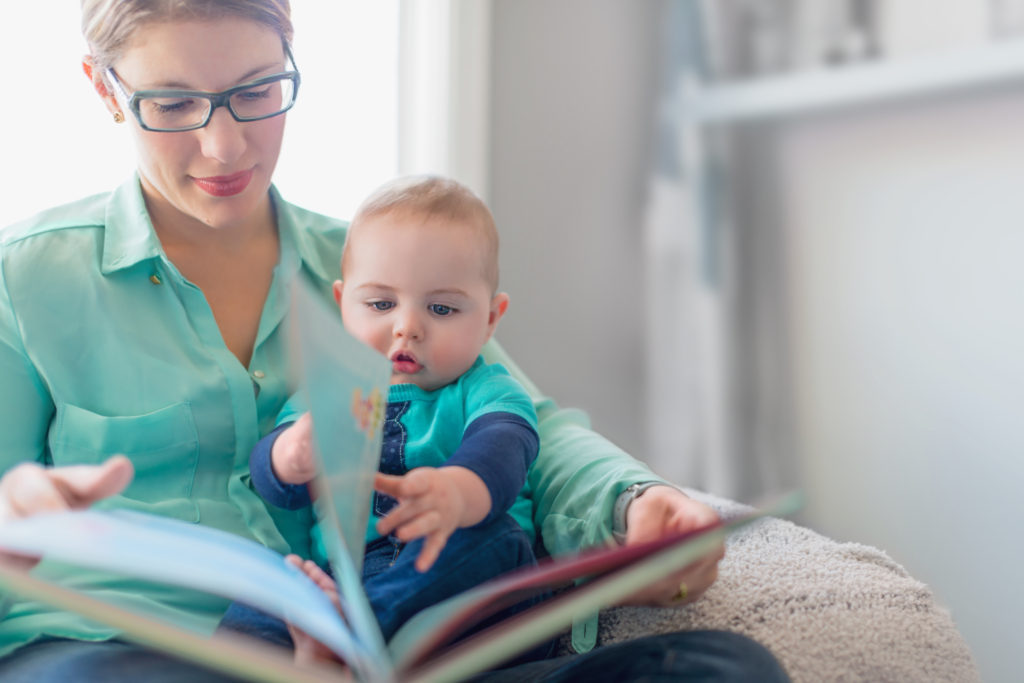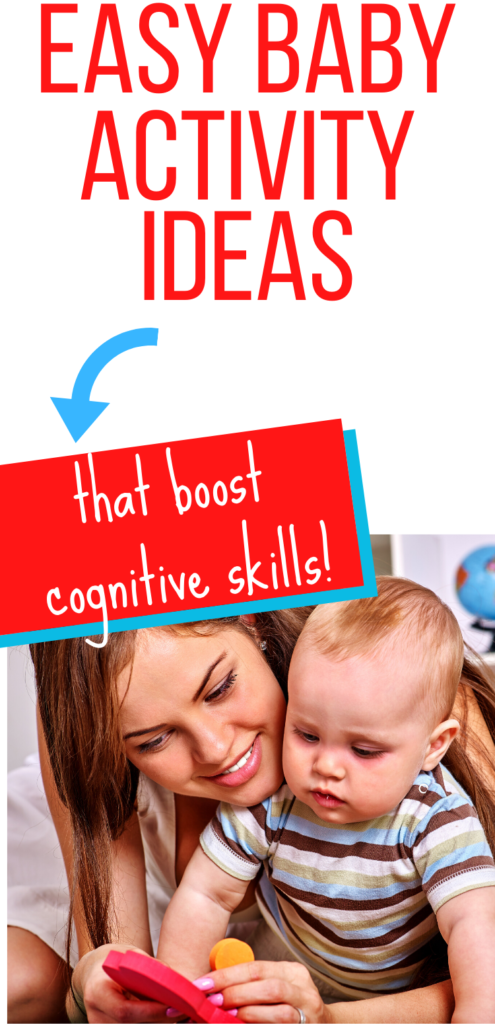Instead of going to preschool outside of the home this year I will be homeschooling my 2 and 4 year old.
I will be putting together the curriculum as we go and it will be based on what my children are interested in learning about.
When I let my son know that he could choose to learn about anything he wanted he became very excited about doing school at home this year.
I purchased this book to help with lesson planning and have been quite impressed as it covers pretty much any topic young children would be interested in learning about.
After I received it I went to my kids and asked, “what would you like to learn about?”
My son very excitedly exclaimed “frogs!”
So that is what we will be starting the year off with.
In this post I will give you ideas and activities that will help young children learn more about frogs.
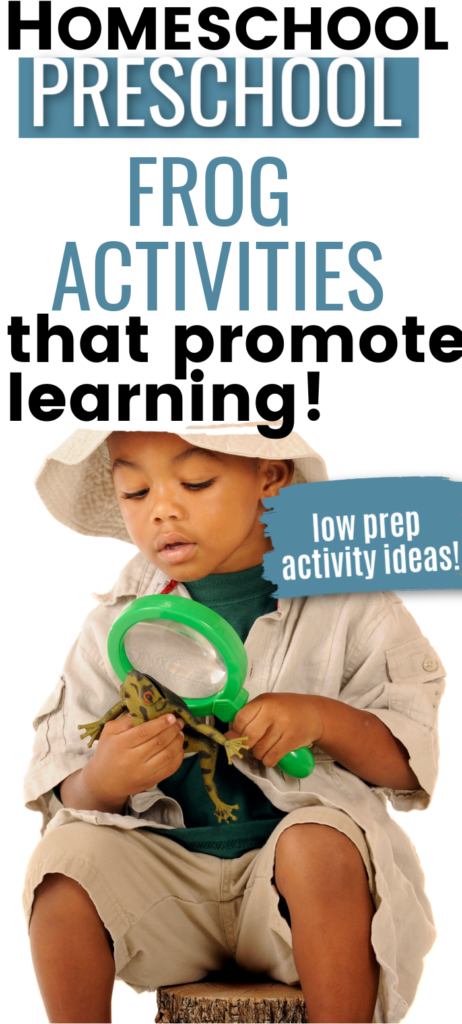
(This post may contain affiliate links. To read our full disclosure policy click here.)
Frog Circle Time
I will be using circle time to introduce concepts and have open discussions about what we are learning about.
At the start of the unit I will introduce what we are talking about by asking the following questions:
- What do you know about frogs?
- What do you want to learn about frogs?
- What is your favorite thing about frogs?
Asking these simple questions will help me gage how much they want to know and what to make sure I include in my lesson plans.
Frog Songs for Preschoolers
Music is a great way to teach new children because it is fun and repetitive.
Both of my children enjoy music and singing so we will be including a few different songs during our days of learning all about frogs.
I will be singing some of these songs with them during our circle time and I also plan to make a playlist on my phone to have in the background at various points throughout the day.
Here are a few frog songs you can try out:
- Five Green and Speckled Frogs
- Little Green Frog Song
- Life Cycle of a Frog
- Over in the Meadow
- Going on a Frog Hunt (using bear hunt tune)
Frog Gross Motor Activities
Gross motor activities are important because kids need to move!
Preschoolers and toddlers are still learning how to move and balance their bodies so it is important to include movement activities during the day.
Frogs and Lily Pads Game
For this game you can make lily pads out of felt or you can have them use their imagination and use towels.
You will want to do this on an area that has carpet or a rug to prevent slips and falls.
Lay out the “lily pads” throughout the room and have your children pretend to be frogs jumping from one to the next.
Frog Jump Races
Have the kids line up on one side of the room and hop like a frog to get ot the other side.
You could also include other animals if they seem to be having a lot of fun with it.
Going for a Frog Hunt
If the weather allows and you may be able to find some frogs then take them outside on a frog hunt.
A great field trip would be going to a lake or creek to find frogs as well.
If you are not able to do this activity outside you can do it inside using plastic frogs like these.
Hide them in various places throughout the house.
If your children can not find all of the frogs or are struggling you can give them clues to see if they can figure it out.
Frog Sensory Bin
Set up a frog sensory bin to encourage fine motor skills and imaginary play.
Using small plastic frogs like these you can put them in water, beans, rice, or any other sensory material you desire.
Give your child scoops or tongs to “find” the frogs and bury them.
If it is a hot day you can even freeze the frogs in an ice cube tray and toss them in the water table.
Fun Frog Books for Preschool
Using books to teach little ones about things that they are interested in is one of the best things that we can do.
Here are a few frog books that your little one might enjoy. Click on the picture to learn more about the book:




Frog Snacks
Incorporate more frog fun by including these fun snack ideas into your day.
Frogs on a Log
Make a twist on the classic “ants on a log.”
Grab some celery and slather it with peanut butter.
Add any green food you want to be the “frog”.
You could use peas, green grapes quartered, or any other green food that would be fun.
Frog Juice
Have some more fun with the color green by making frog juice.
Blend your favorite fruit, milk, and any other add ins you typically enjoy in your smoothies.
Make it green by adding in a handful of “lily pads” also known as spinach!
Frog Sandwhiches
Make sandwiches in the shape of a circle and use the lunchmeat to make the tongue.
You can also add little cucumber triangles for feet.
This is such a cute idea!
You can see a photo of it here as well as all the instructions on how to make it.
Frog Ice Cream
If you are looking for a sweet treat than make some frog inspired ice cream.
You can use mint chocolate chip for the base and add fun toppings to make it look more frog like.
You can see a picture and get the full directions HERE.
Related Posts You Will Enjoy
How to Teach Your Toddler to Jump
Top Cognitive Activities for Toddlers


